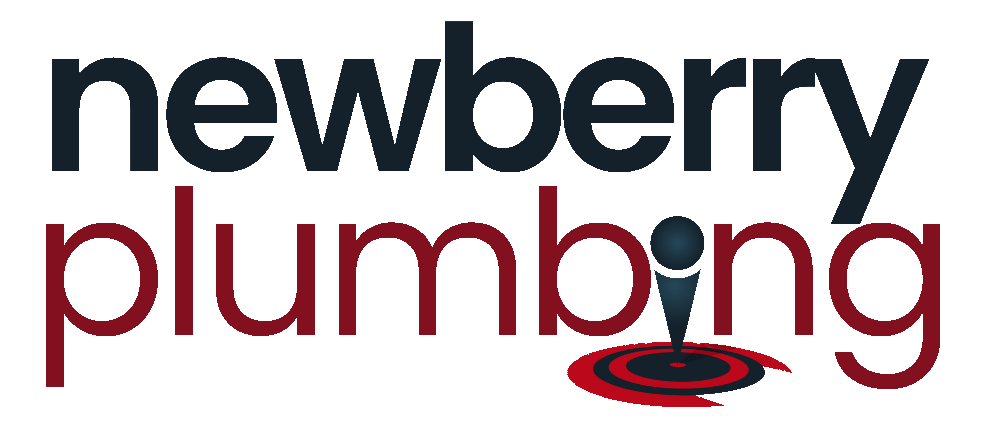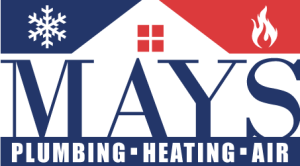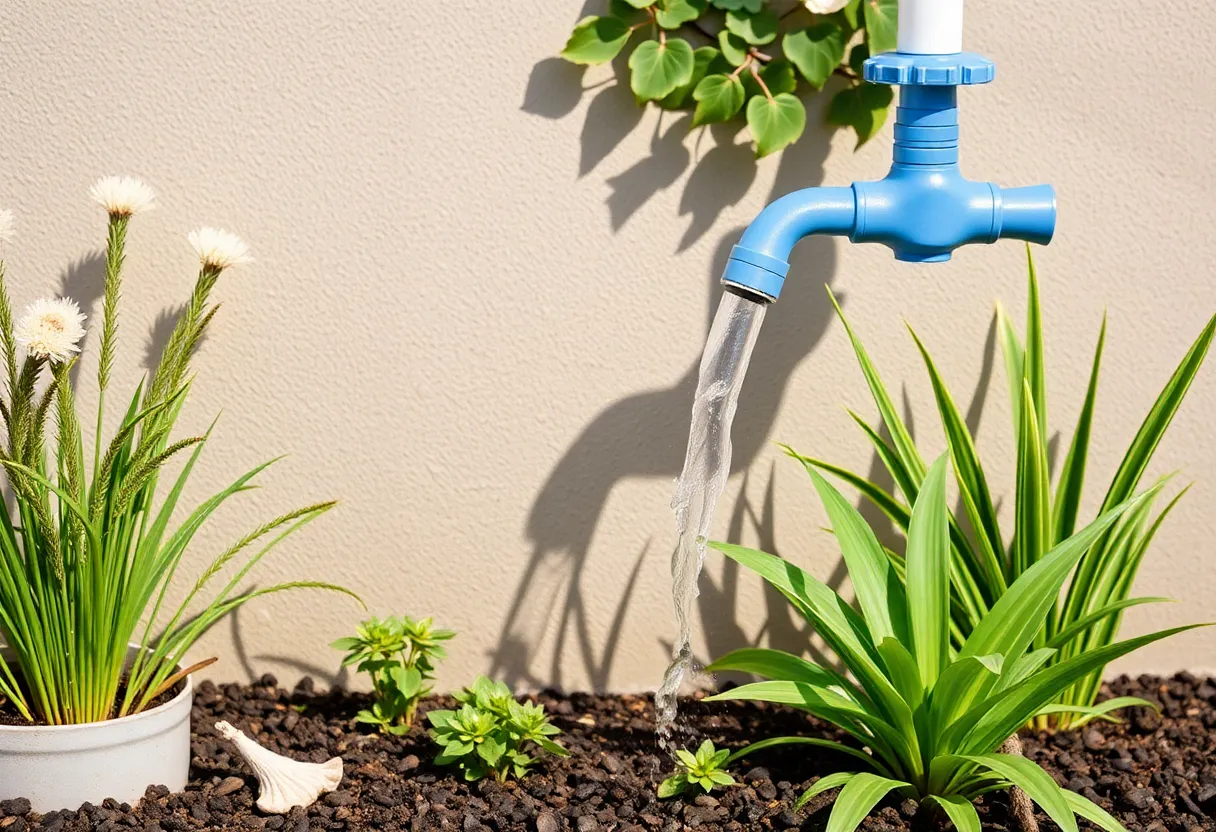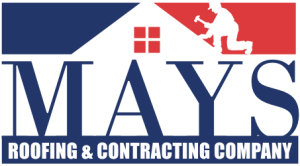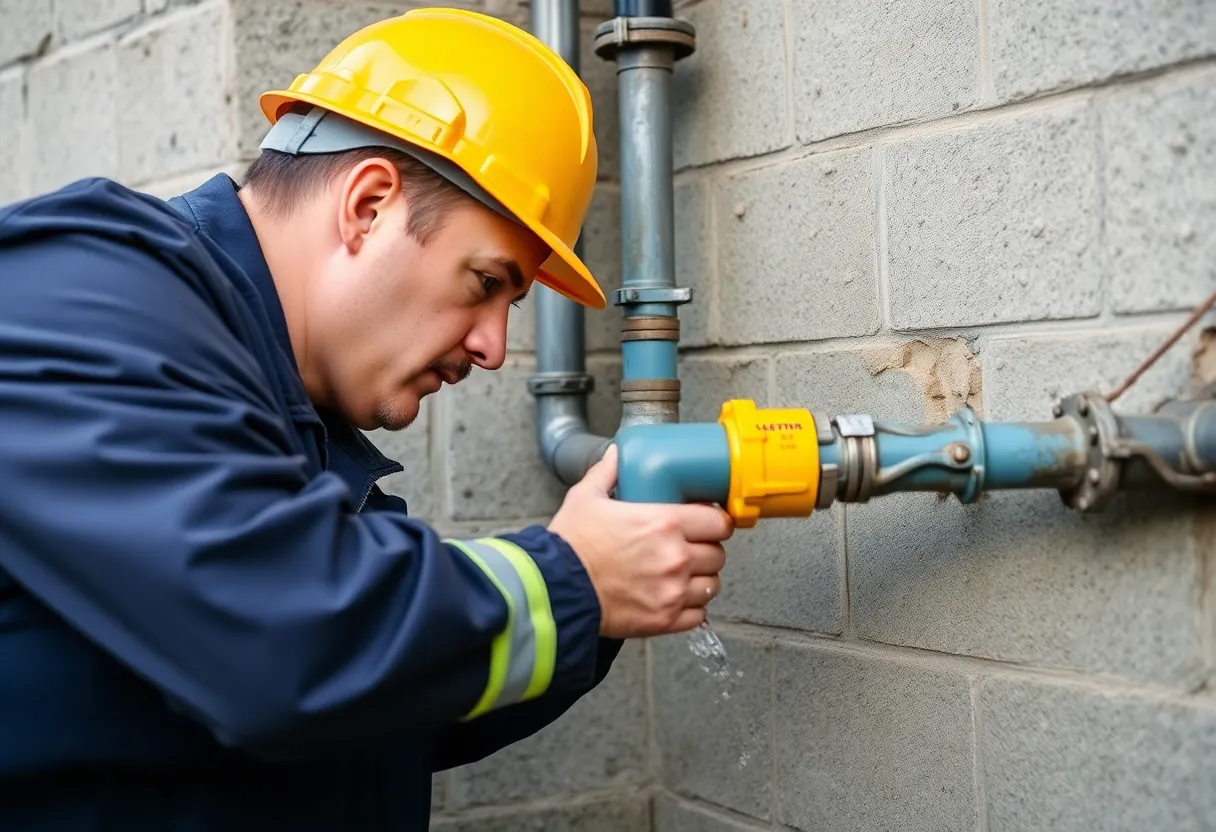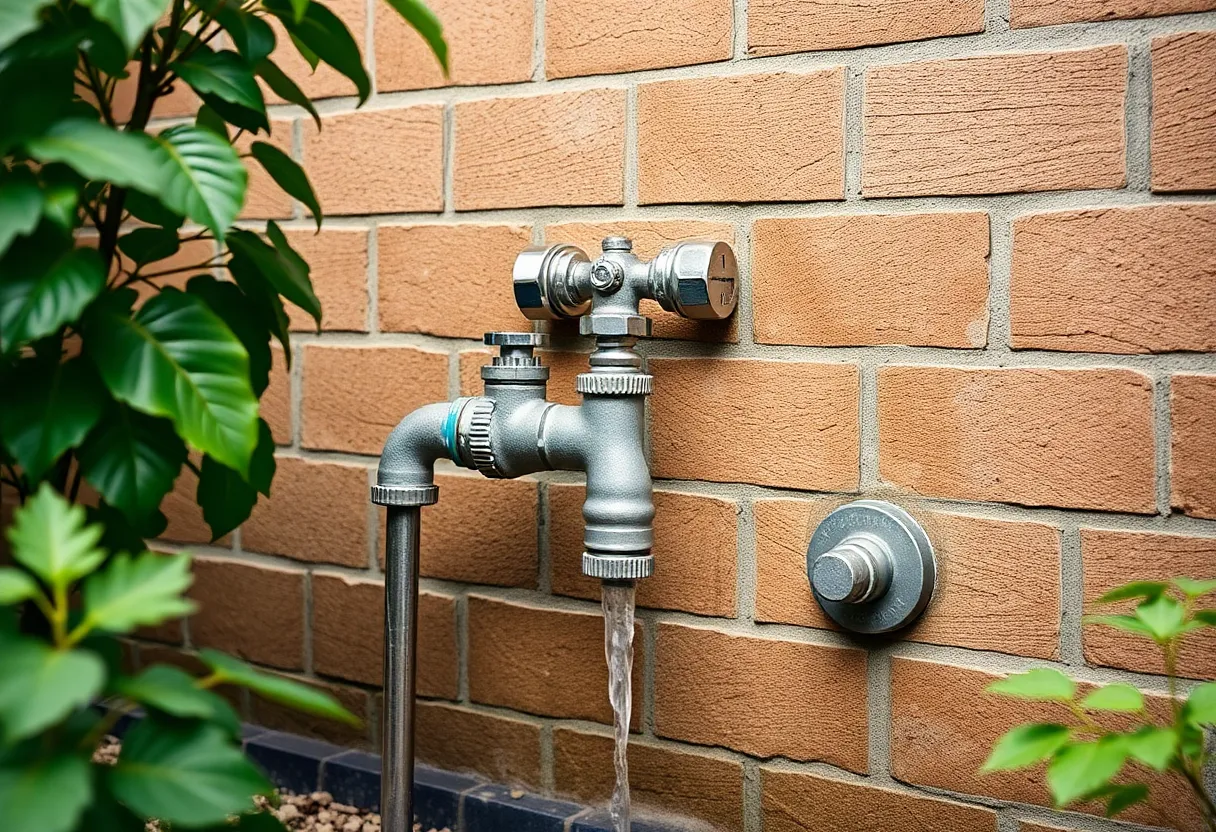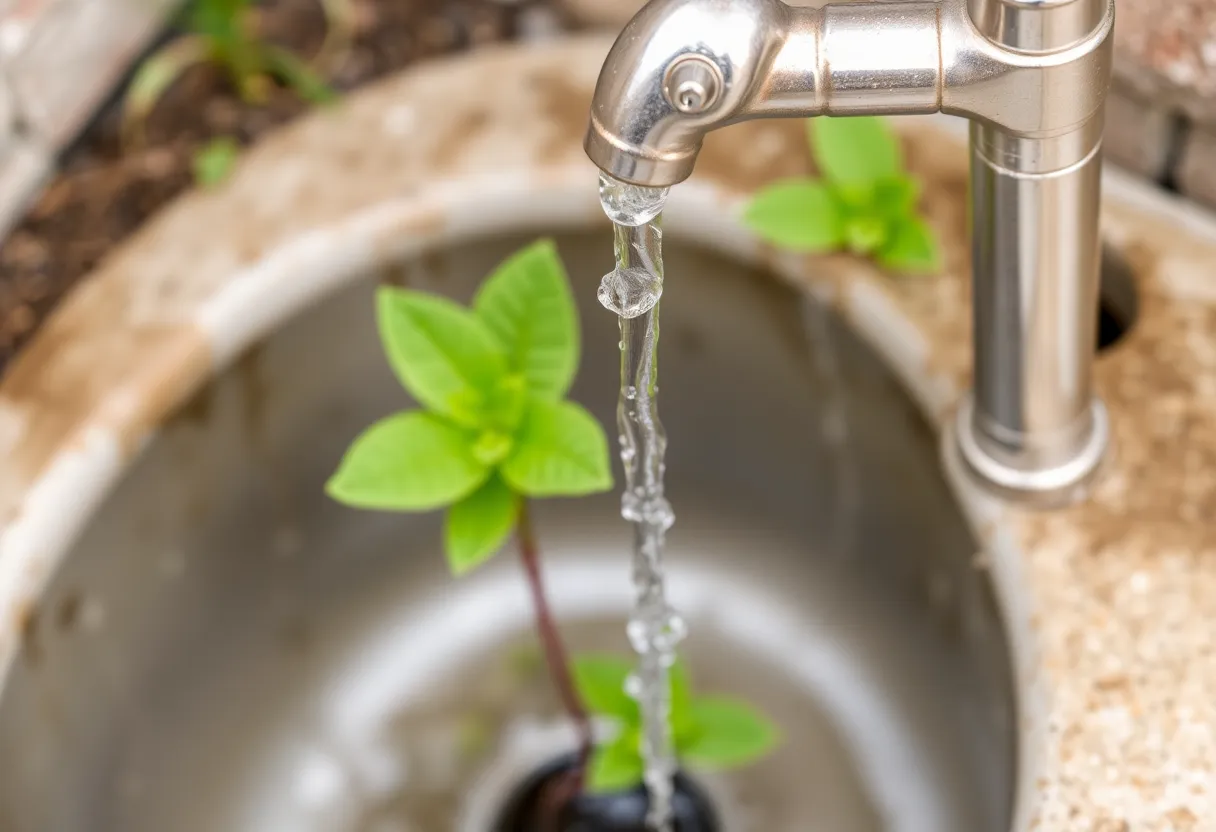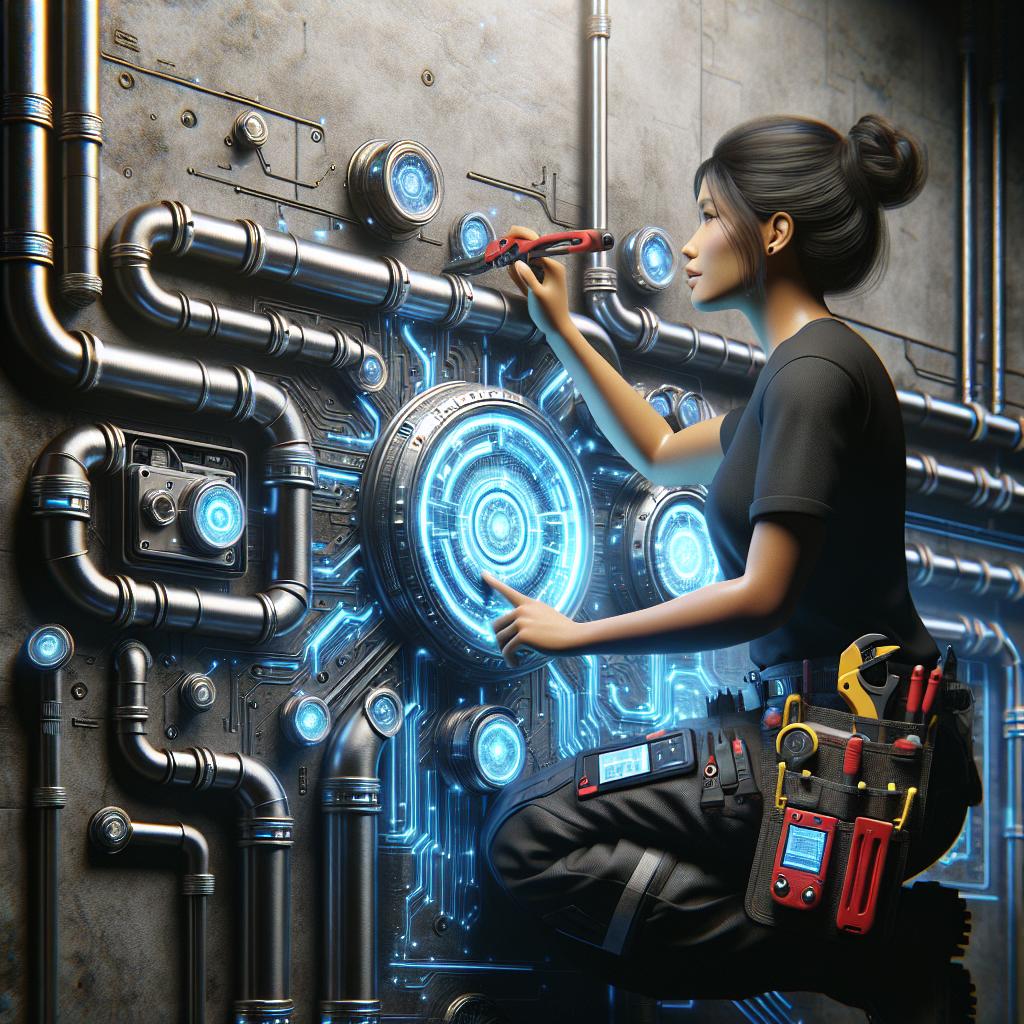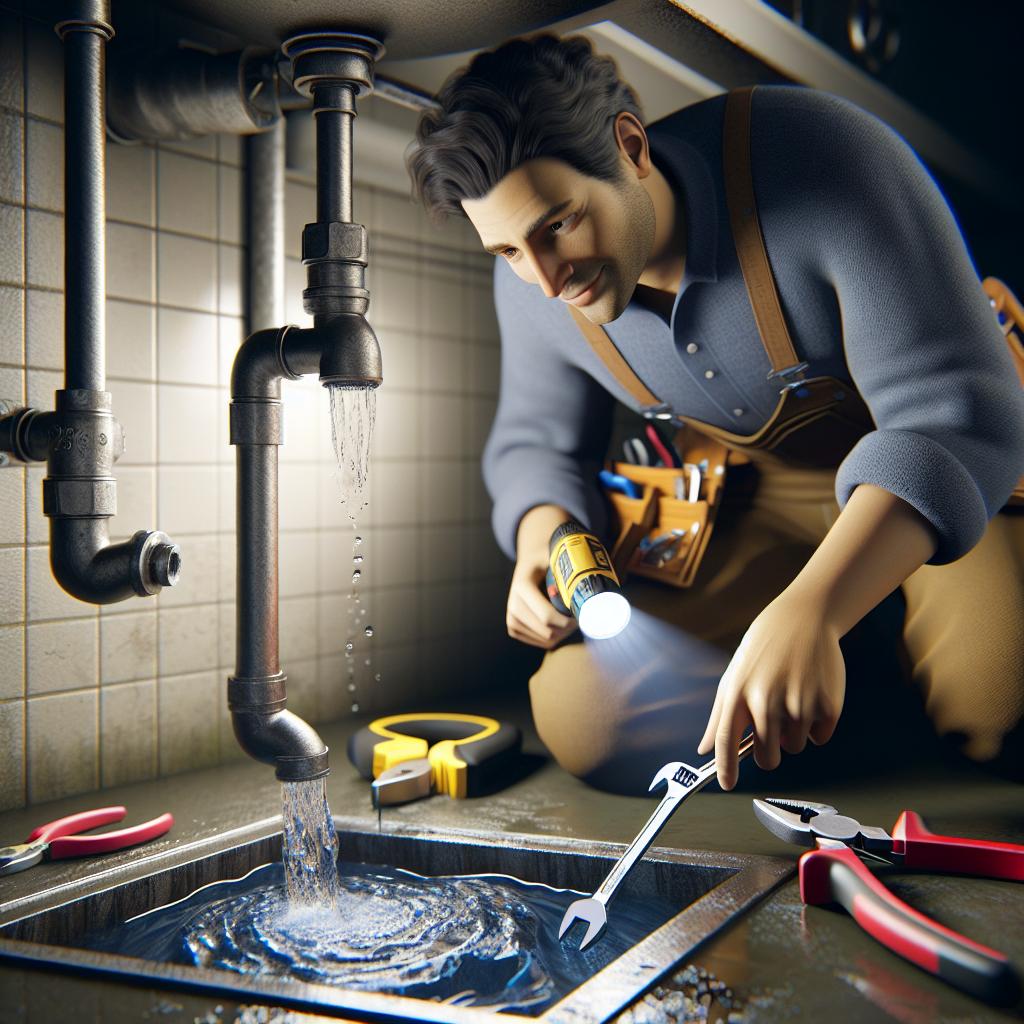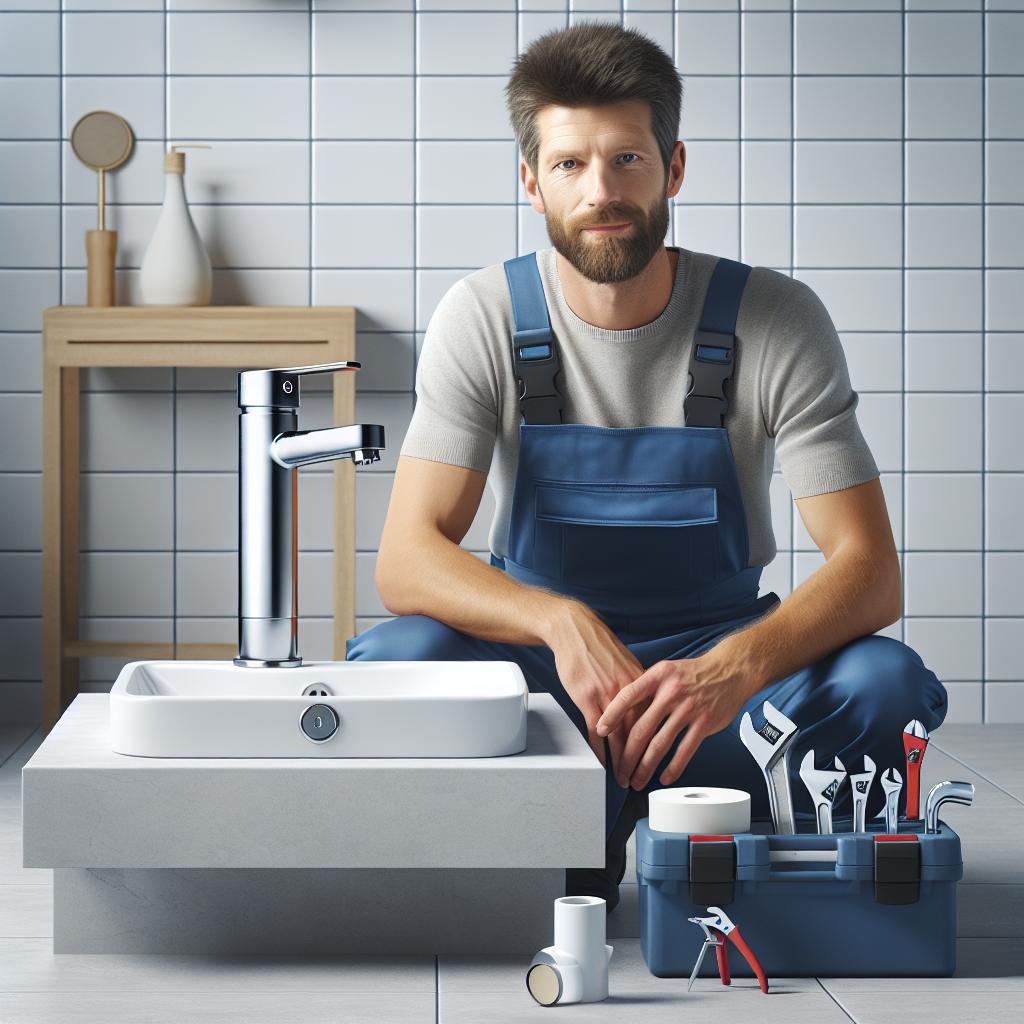The Plumbing Power-Up: 10 Essential Upgrades to Supercharge Your Home’s Water Efficiency
When it comes to maintaining a comfortable and sustainable home, water efficiency is often overlooked. However, making some smart upgrades can significantly reduce your water consumption and lower your utility bills. In this article, we’ll explore ten essential upgrades that can supercharge your home’s water efficiency, helping you save both water and money in the long run.
1. Install Low-Flow Fixtures
One of the simplest and most effective upgrades you can make is to replace standard faucets, showerheads, and toilets with low-flow alternatives. Low-flow fixtures use significantly less water without sacrificing performance. For instance:
- Low-flow showerheads can reduce water usage by up to 50%.
- Low-flow faucets provide the same pressure with less water.
- High-efficiency toilets use 1.28 gallons per flush compared to the 1.6 gallons of conventional models.
These small changes can lead to big savings over time, both in terms of water consumption and monthly bills.
2. Upgrade to a Smart Irrigation System
Gardening and landscaping can be significant factors in your home’s total water usage. A smart irrigation system can help to ensure that your garden receives just the right amount of water. Features include:
- Weather sensors that adjust watering schedules based on rainfall and humidity.
- Soil moisture sensors that prevent overwatering.
- Smartphone controls that allow you to manage your irrigation remotely.
By investing in smart technology, you can keep your landscape healthy while conserving water.
3. Install a Rainwater Harvesting System
A rainwater harvesting system can be a fantastic upgrade for homeowners. This system captures rainwater from your roof and stores it for later use. You can use this harvested water for:
- Watering your garden
- Flushing toilets
- Washing your car
Implementing a rainwater harvesting system can make a significant impact on your overall water usage, especially during dry seasons.
4. Add Water-Saving Appliances
Modern appliances are designed with energy and water efficiency in mind. If your washing machine or dishwasher is older, upgrading to a WaterSense labeled model can drastically reduce your water consumption. For example:
- High-efficiency washing machines use around 35% less water than traditional models.
- ENERGY STAR rated dishwashers can save water while providing an effective clean.
Not only will these appliances save water, but they will also save you money on your utility bills.
5. Insulate Hot Water Pipes
Did you know that heat loss from uninsulated hot water pipes can lead to increased water use? When pipes are insulated, it takes less time for hot water to reach your faucet or shower, resulting in a more efficient system. Insulating your pipes can help you:
- Save water by reducing wait times for hot water.
- Lower energy bills by maintaining water temperature.
Investing in pipe insulation is an affordable and straightforward upgrade that pays off.
6. Repair Leaks Promptly
Leaky faucets and toilets can waste a surprising amount of water. A leak of just one drip per second can waste more than 3,000 gallons of water annually. Ensure that you:
- Conduct regular checks for leaks in your faucets, pipes, and toilets.
- Address any issues immediately to avoid wasting water and incurring higher bills.
- Consider using leak detection devices that send alerts for leaks.
Being proactive about repairs can lead to substantial savings and greatly improve your water efficiency.
7. Consider Greywater Systems
Greywater systems recycle water from sinks, showers, and washing machines for use in irrigation and toilet flushing. This approach not only conserves fresh water but also promotes sustainability in your home. Key points include:
- Greywater can be safely reused, reducing overall water demand.
- Installing a greywater system can dramatically lessen the load on municipal sewage systems.
Consult local regulations and guidelines, since greywater systems vary by region.
8. Utilize Water-Efficient Landscaping
Landscaping can have a significant impact on water usage. By opting for Xeriscaping or using native plants, you can create a beautiful landscape that requires minimal watering. Some strategies include:
- Choosing drought-resistant plants
- Using mulch to retain soil moisture
- Designing landscape layouts to maximize water efficiency
Water-efficient landscaping not only conserves water but also enhances your property’s curb appeal.
9. Invest in a Water Softener
Hard water can lead to buildup in pipes and appliances, causing them to work harder and use more water. A water softener can remove minerals responsible for hardness, leading to a more efficient plumbing system. Benefits include:
- A reduction in scale buildup in pipes and appliances.
- Improved efficiency and lifespan of water-using appliances.
By ensuring that your plumbing systems are functioning optimally, you reduce water waste.
10. Educate Your Household
Finally, even the best upgrades can only go so far without a conscious effort from everyone in the household. Start with some simple education on water conservation practices:
- Encourage shorter showers and turning off the faucet while brushing teeth.
- Show family members how to spot leaks.
- Make water-saving a family goal.
Creating a culture of water efficiency within your home can multiply the effectiveness of your plumbing upgrades.
Conclusion
With these ten essential upgrades, you’re well on your way to supercharging your home’s water efficiency. Investing time and resources into plumbing improvements can pave the way to significant savings while being kind to the environment. Whether you choose to tackle one upgrade at a time or commit to a full overhaul, remember that every drop counts!
By prioritizing water efficiency, you’re not just benefiting your own household; you’re contributing to a more sustainable future for your community and the planet.
